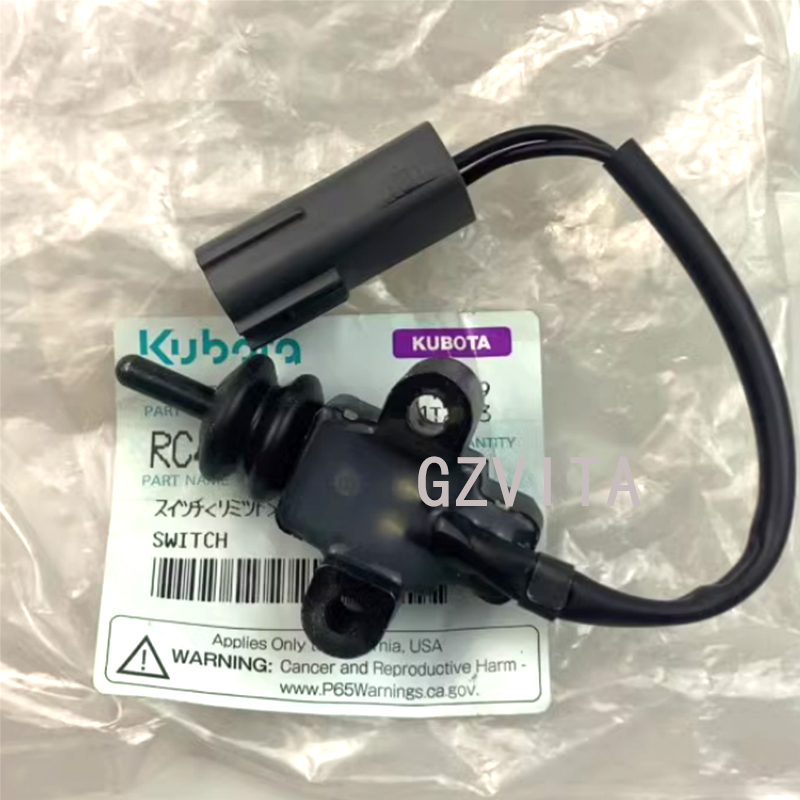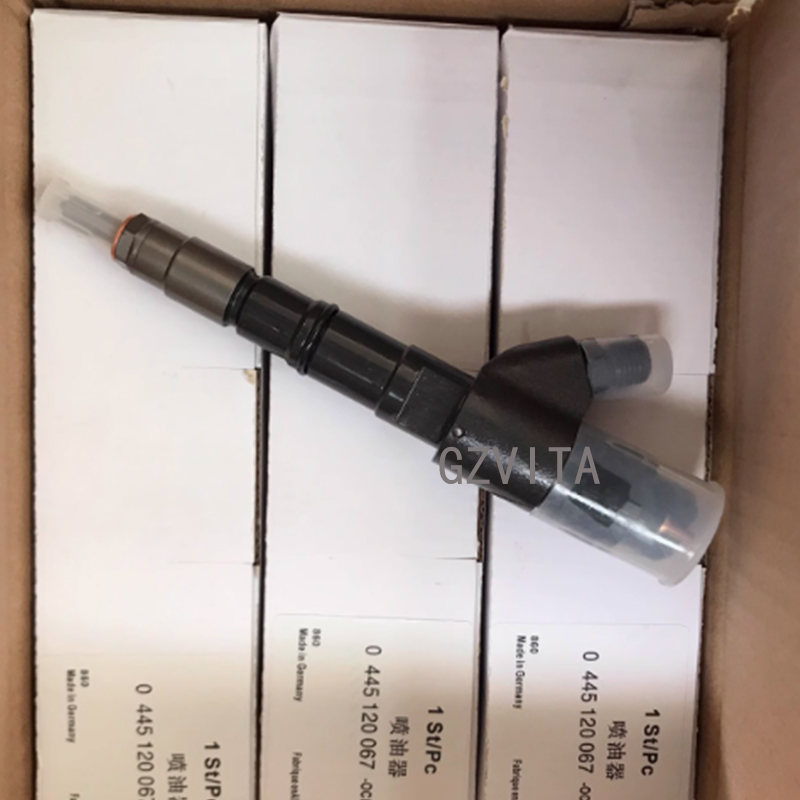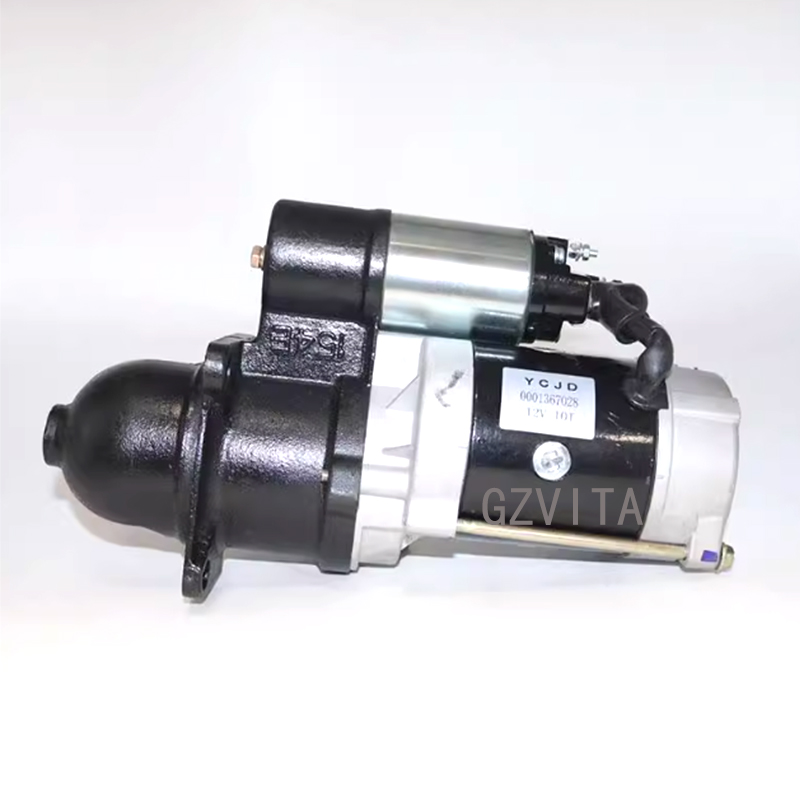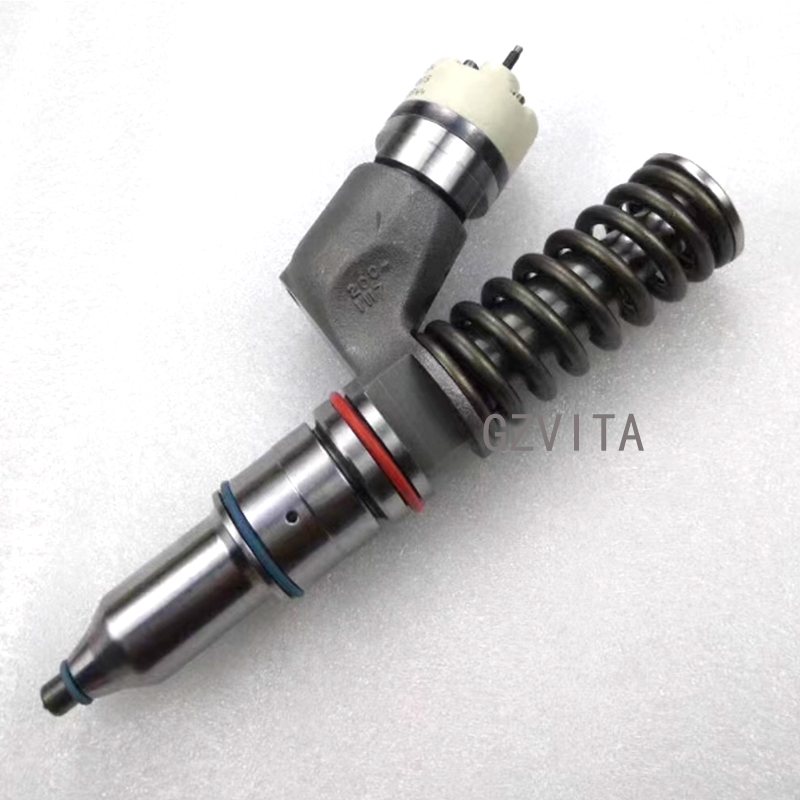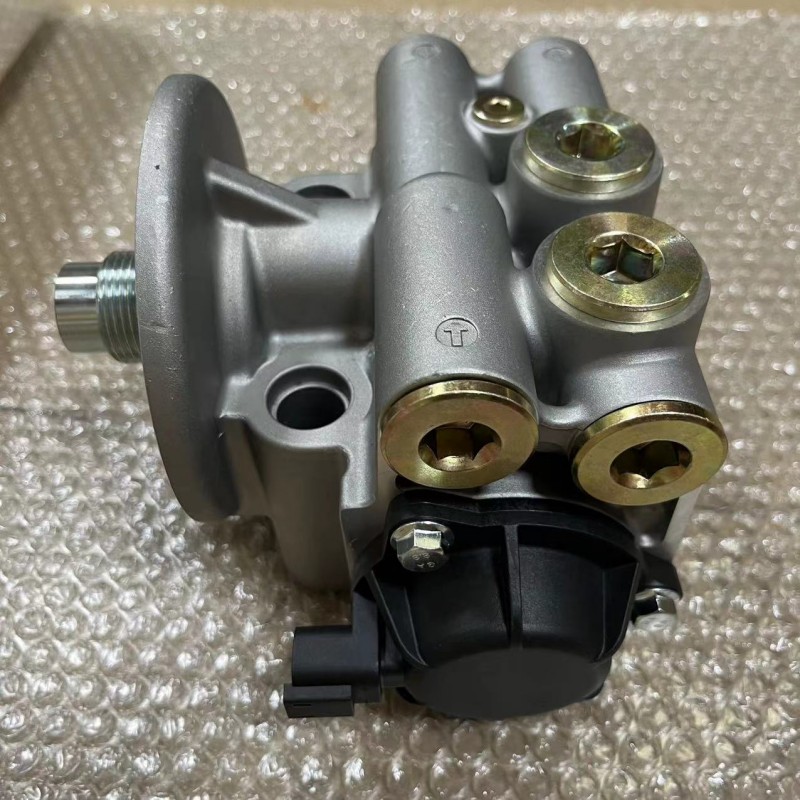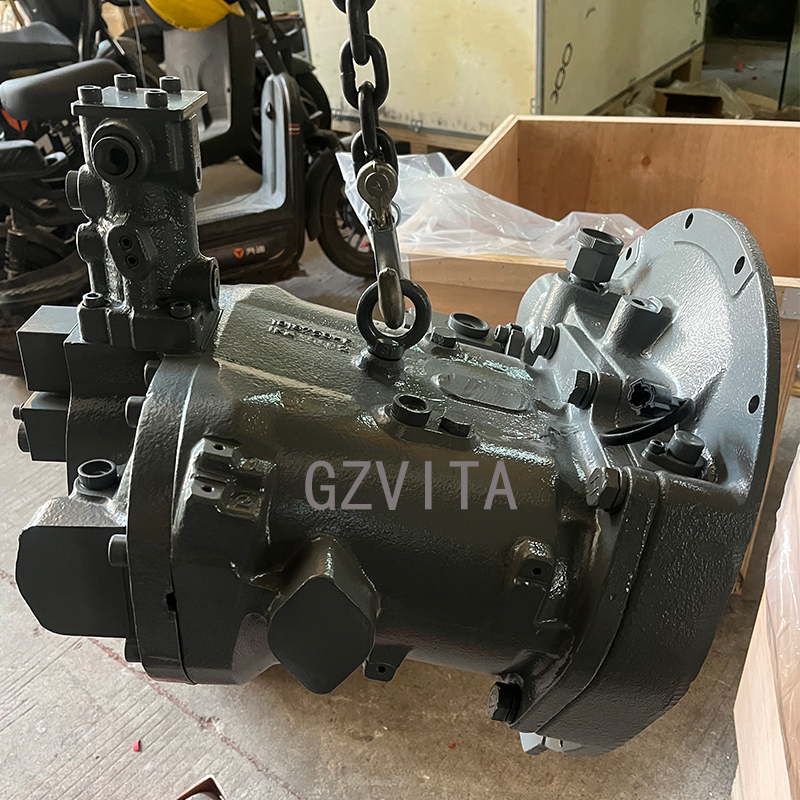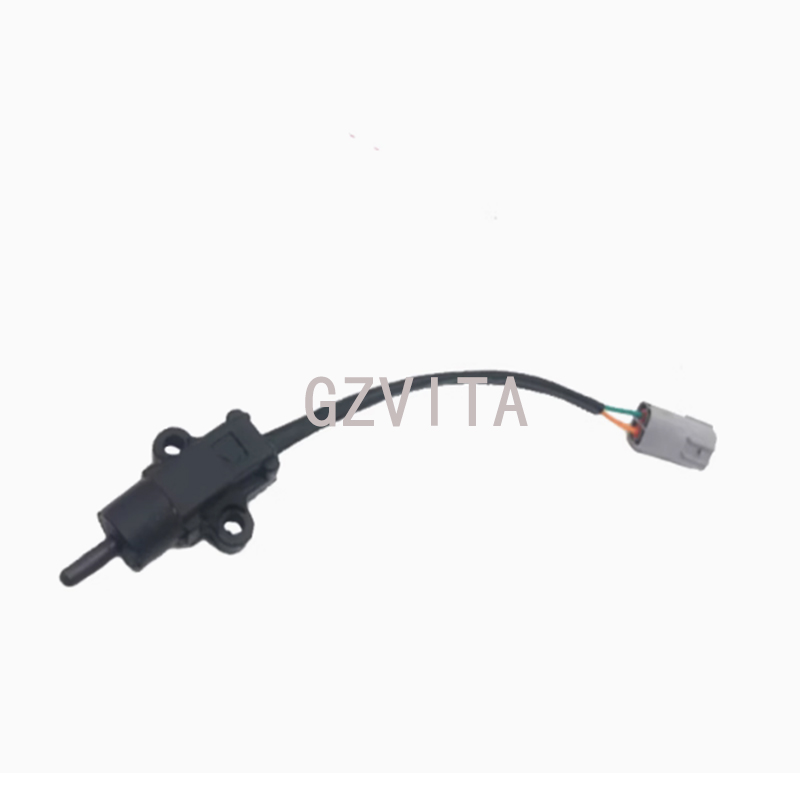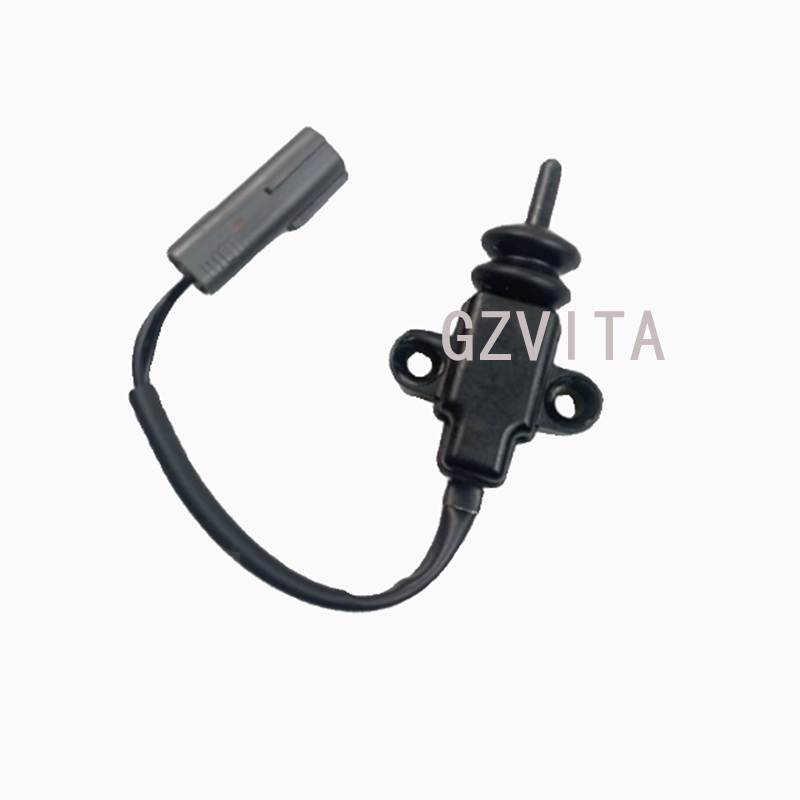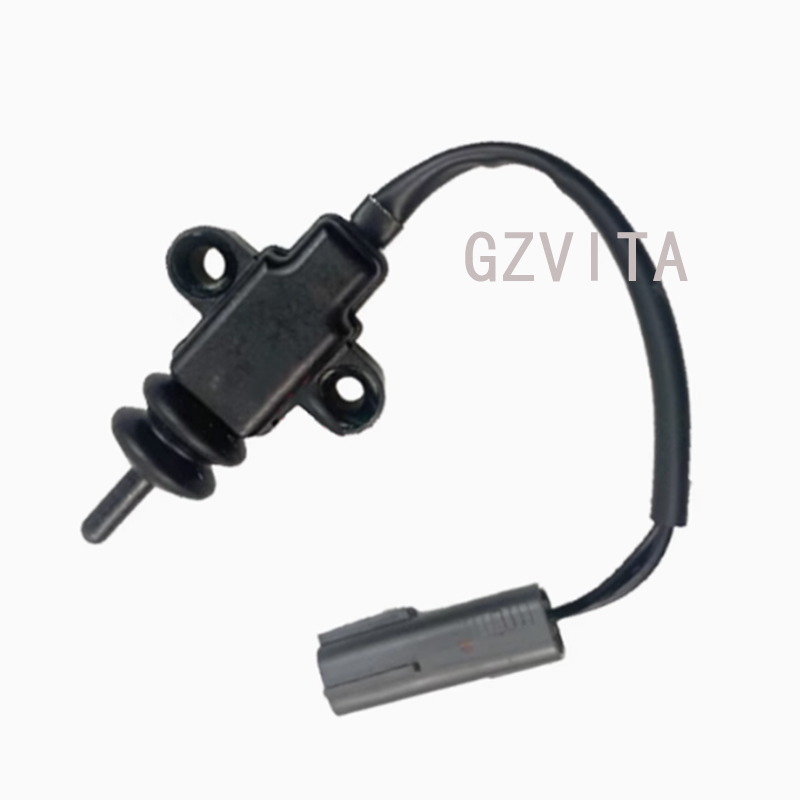 +86 13794985240
+86 13794985240
Kubota Mini Excavator Hydraulic Pilot Lock For KX161 U15 U30 Micro Switch
Introduction to Hydraulic Pilot Lock for Kubota Excavators
The hydraulic pilot lock is an essential safety and operational feature in Kubota excavators, designed to enhance the control and stability of the machine during operation.
This component plays a critical role in ensuring that the hydraulic system functions safely and effectively, providing operators with confidence while working in various environments.
Key Features:
Safety Mechanism: The hydraulic pilot lock serves as a safety device that prevents unintended movements of the excavator’s hydraulic functions. This is particularly important when the machine is stationary or when the operator is entering or exiting the cab.
Enhanced Control: By locking the hydraulic pilot system, operators can maintain better control over the excavator’s movements. This feature is especially useful during complex operations, such as digging or lifting, where precision is crucial.
Prevention of Accidental Activation: The pilot lock helps prevent accidental activation of hydraulic functions, reducing the risk of injury to the operator and bystanders, as well as minimizing the potential for damage to the machine or surrounding structures.
User-Friendly Operation: The hydraulic pilot lock is designed for easy engagement and disengagement, allowing operators to quickly switch between locked and unlocked states as needed without interrupting workflow.
Durability and Reliability: Constructed from high-quality materials, the hydraulic pilot lock is built to withstand the demanding conditions of construction and excavation work, ensuring long-lasting performance and reliability.
Compatibility: Specifically designed for Kubota excavators, the hydraulic pilot lock integrates seamlessly with the machine’s hydraulic system, ensuring optimal performance and safety.
Benefits:
Increased Safety: The primary benefit of the hydraulic pilot lock is enhanced safety for both the operator and those working nearby. By preventing unintended movements, it reduces the risk of accidents and injuries.
Improved Operational Efficiency: With better control over hydraulic functions, operators can work more efficiently, completing tasks with greater precision and speed.
Reduced Wear and Tear: By preventing accidental movements, the pilot lock helps reduce wear and tear on hydraulic components, contributing to lower maintenance costs and extended equipment life.



